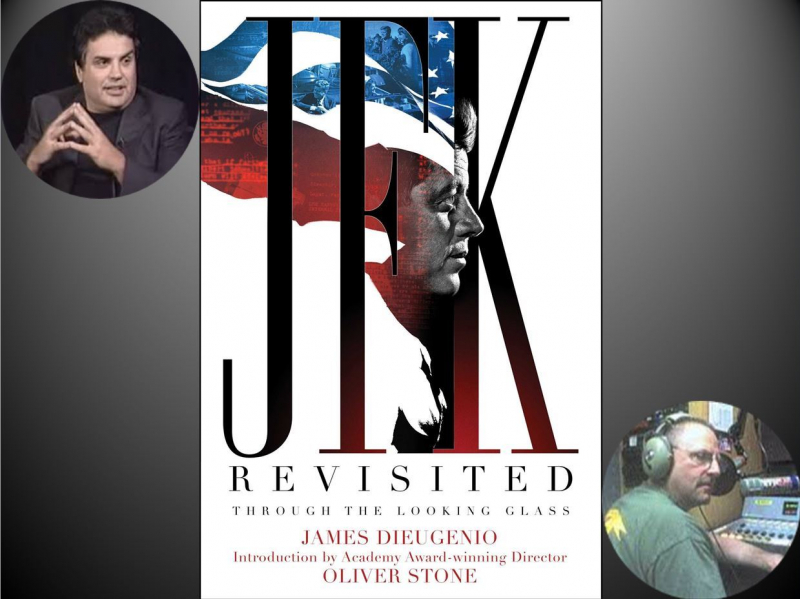I support Right to Die.
https://www.yahoo.com/lifestyle/decided-sister-die-accident-now-130000045.html
"Strong personal faith and support for choice at the end of life are not
mutually exclusive. In fact, I support the legalisation of assisted dying because
of my religious beliefs, not in spite of them. And I know I am far from alone."
George Carey
former Archbishop of Canterbury
in an article in "Isle of Man Today" (Link)
https://www.yahoo.com/lifestyle/decided-sister-die-accident-now-130000045.html
"Strong personal faith and support for choice at the end of life are not
mutually exclusive. In fact, I support the legalisation of assisted dying because
of my religious beliefs, not in spite of them. And I know I am far from alone."
George Carey
former Archbishop of Canterbury
in an article in "Isle of Man Today" (Link)








